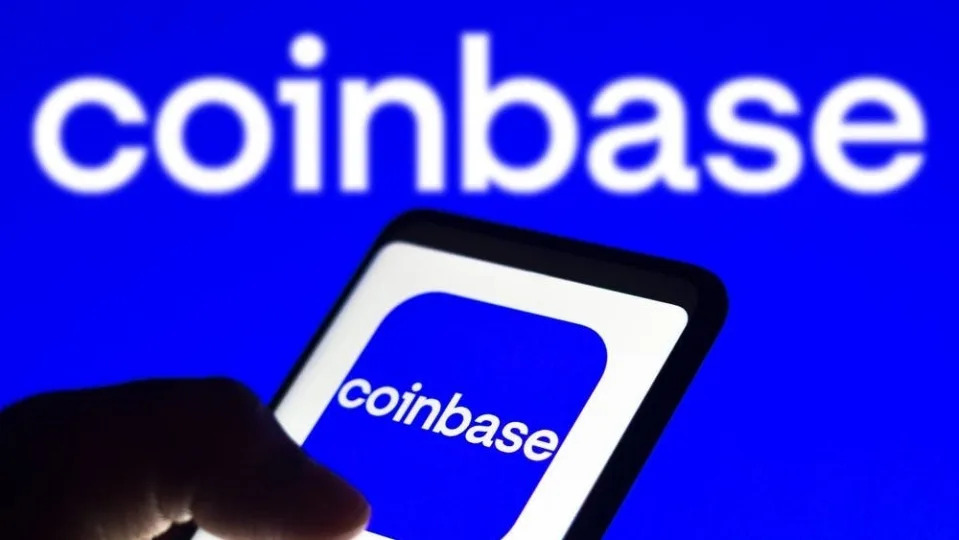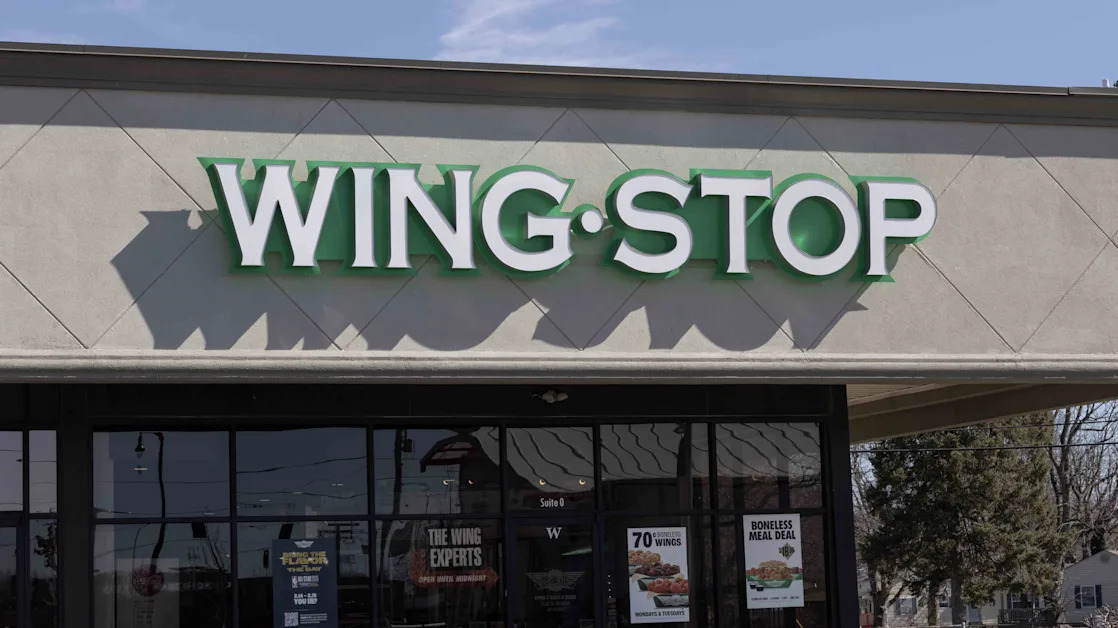
The stock market's best-case scenario got a second lease on life this week.
That might come as a surprise to investors who panicked earlier this month after the job market proved to be weaker than expected in July, with unemployment rising to its highest level since the pandemic.
Investors have since clawed back those losses and then some, with a big rally on Thursday fueled by the latest economic data that's breathed new life into Wall Street's dream of cooling inflation and a stable, growing economy.
"Sentiment extremes have reflected excessive recession worries," Tim Hayes, the chief global investment strategist at Ned Davis Research, said in a note. "For the US and globally, the pessimism has given way not only to the realization that recession fears have been overblown, but also to expectations for a more friendly Fed, which is almost certain to follow other central banks in cutting rates next month."
Strategists on Wall Street are taking comfort in four recent data points that suggest the economy will achieve a soft landing.
Inflation is definitively in decline
Consumer prices inched closer to the Fed's 2% target last month, rising 2.9% on a yearly basis in July, according to the Bureau of Labor Statistics. That's lower than the 3% yearly increase economists were expecting, and below the 3% yearly increase recorded in June .
"The bottom line is that the trajectory of decelerating inflation has slowed materially, but likely remains within a comfortable range for the Fed to embark on a series of rate cuts," Charlie Ripley, a senior investment strategist at Allianz Investment Management, said in a note this week.
Investors have been waiting on rate cuts all year. When the Fed does begin easing policy, it could potentially fuel a 1995-like rally in stocks , Wells Fargo's head of global investment strategy said this week.
"The CPI report is a green light for the Fed to cut interest rates at their next decision," Bill Adams, the chief economist of Comercia Bank, said this week
Comercia expects the Fed to issue a 25-basis-point cut at its next four policy meetings, with 150 basis points worth of cuts coming over the next 12 months.
Investors are eyeing an even steeper pace of policy easing, with markets pricing in a 41% chance the Fed could cut rates 100 basis points by the end of this year, according to the CME FedWatch tool .
Jobless claims are at a five-week low
Jobless claims came in lower than economists expected, with new applications for unemployment benefits falling from the prior week to 227,000 last week, according to the Labor Department.
Jobless claims climbed to a one-year-high at the start of August, but the spike in unemployment claims could be due to severe weather events, like Hurricane Beryl, some strategists have said.
"The decent growth of activity indicators in July suggests that the month's increase in unemployment was not due to a slowing economy. More likely, it reflects the impact of Hurricane Beryl on the Texas job market, and perhaps an increase in labor force entrants due to immigration and college graduates hitting the job market," Comercia's Adams said.
"Today's retail sales data and jobless claims offer yet more evidence that recession risk remains low in the US even as the economy decelerates from unsustainably strong growth levels," Ronald Temple, the chief market strategist at Lazard added in a note.
Consumer spending posted a surprise jump
Retail sales saw the biggest jump in over a year in July, with sales rising 1% compared to estimates 0.3%.
Those results are consistent with a "soft-landing economic outlook," Bank of America analysts said in a note this week, adding that they foresaw two 25 basis point rate cuts coming from the Fed this year.
"Retailers caught a mid-summer tailwind from consumer spending in July, providing another solid piece of data indicating that the economy remains on an expansionary path," Jim Baird, the CIO of Plante Moran Financial Advisors added.
"Consumers have become more discerning with their spending as they continue to face higher prices and borrowing costs, but the latest retail sales data shows a continued willingness to spend," Lydia Boussour, a senior economist at EY, said in a statement, adding that the firm did not foresee a "consumer retrenchment" on the horizon.
Small businesses are feeling more confident
Small business confidence rose to the highest level recorded since February 2022, right before the Fed issued its first rate hike, according to the latest survey from the National Federation of Independent Business.
The number of small business owners that expected to invest in inventory over the coming months rose four basis points in July, the first positive reading since October 2022.
The percentage of owners expecting higher real sales volume also rose four basis points to the highest level so far this year, the survey added.
"The NFIB's SMB Optimism Index reaching its highest point in almost 2 and a half years, along with new data this week showing a slowdown in inflation, suggests the sharp recent spike in recession fears was unwarranted," John Caplan, the CEO of the financial firm Payoneer, told Business Insider.
Despite renewed hope for the soft-landing scenario, some forecasters caution that there's still a decent chance of recession on the horizon, depending on whether the job market and economic activity continue to slow. New York Fed economists see a 56% chance the economy could enter a downturn by July of next year, per the latest projections from the central bank.
Read the original article on Business Insider





